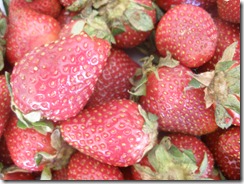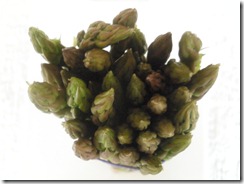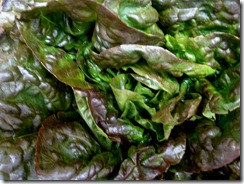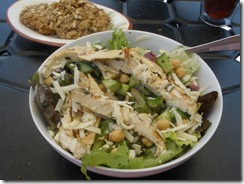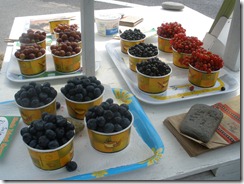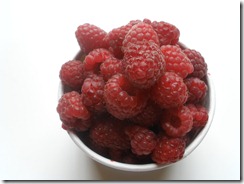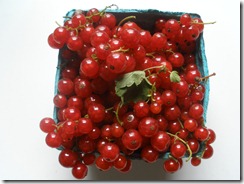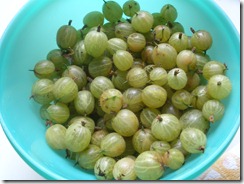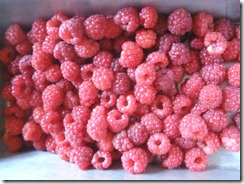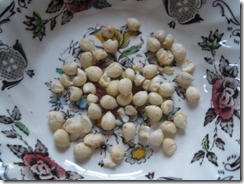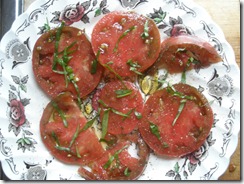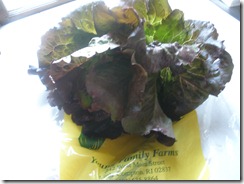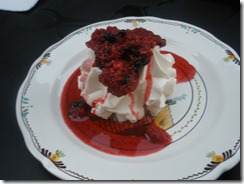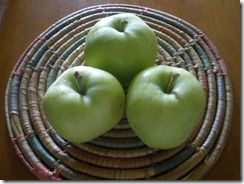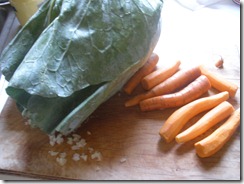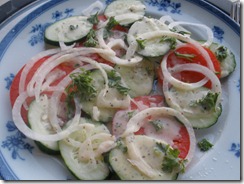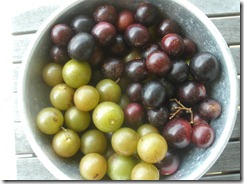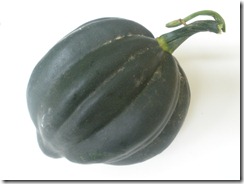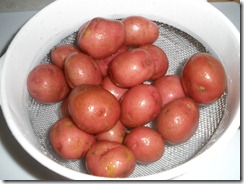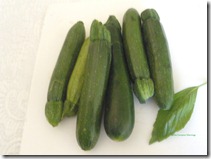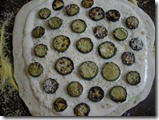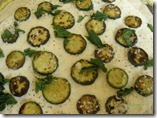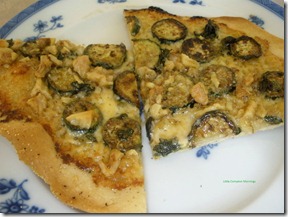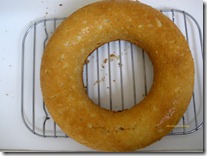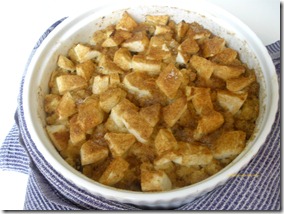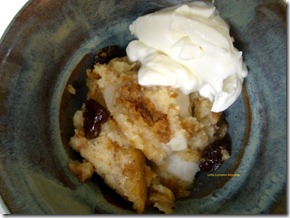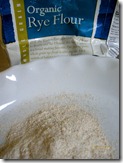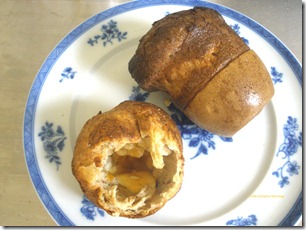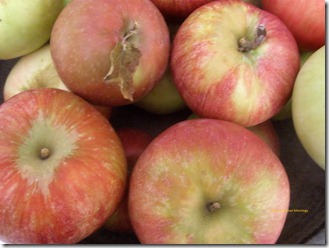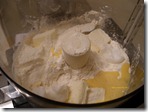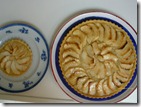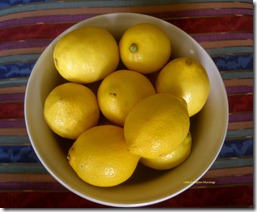
I cannot understand why, for years now, a single lemon in a grocery store costs 60 cents, sometimes more, but you can buy loads of them for a dollar if you happen to live in a city and go to an Asian fruit market. Actually, I do understand, and it is extremely annoying. Most American home cooks use one lemon at a time—to garnish a drink or a plate, to squeeze over a piece of fish, to stuff inside a chicken. They don’t want a lot of lemons growing moldy in their refrigerators. So grocery stores say, aha, we can charge a lot for one lemon, because when you need a lemon, you need a lemon—there is really no suitable substitute, not even a lime in many cases (which also is overpriced)—and you just need one. We end up paying a small fortune for a single lemon, and being resentful,
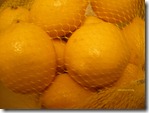
and the store ends up making a huge margin. Thing is, we often buy only one
because they are too pricey; we might buy more were they not. A vicious circle.
So when I saw an entire bag of lemons for $1.97 at my grocery store—yes, I know, very odd price—I did a double take, and of course snatched them up. Twelve lemons—that’s 16.4 cents apiece! And they were nice—relatively thin-skinned, smooth, full of juice, and a healthy, average, nonmutant size. I went to bed that night (yes, this is how I fall asleep) thinking about what I should do with them. Lemon curd? Preserved lemons, which I haven’t made in years? (probably because lemons got so expensive) Limoncello?
In thinking about what I might make, and what I haven’t made in a long time, I remembered something I hadn’t thought of in ages. Years and years ago, when my oldest sister
Laura Torbet was still living in New York and was working on the
Encyclopedia of Crafts, I and an assortment of other people used to go to her big loft studio on W. 23
rd Street every day to work on the book. I think there were 6 or 7 of us, and every day we would have some sort of wonderful lunch that my sister would sort of effortlessly throw together. We would gather at a table in the kitchen area and eat between bouts of serious research, writing, and editing about surprisingly technical and brain-frying material. Sometimes we would have a lemon pie made from whole lemons (often called a Shaker Lemon Pie). A friend had given my sister the recipe, as I recall, and she gave it to me and I wrote it down. I still have it.
I got a craving for that pie, thinking about it, and made it, or rather, a variation on it, the next day. I used four lemons, leaving me 8. Hmm, maybe I’ll make some curd after all. The holidays are coming, and I love to slather it between two ginger or
spice cookies.
Shaker Honey Lemon Pie
This pie appeals to the waste-not, want-not, farm woman part of me; it is not for everyone, certainly not for anyone looking for something refined—it is not. But it has a sort of genius to it, and is good warm or cold. It should be sweet-tart, and the skins should have a little chew to them but be tender, not hard. It is very nice with ice cream.
Serves 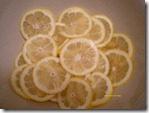 6.
6.
Butter-lard or all-butter
pastry for a 2-crust pie, divided (see note)
4 medium lemons, as thin-skinned as you can find
1 ½ cups cane sugar
1/3 cup honey
4 large brown eggs
Pinch salt
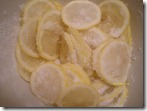
Preheat the oven to 450 F.
Cut a slice off the rounded ends of the lemons. Using a mandolin with a guard to protect your fingers and holding the lemons by the pointy end, slice them thinly into a bowl (if you don’t have a mandolin, use a very sharp thin-slicing knife and slice as paper-thin as you can). Put the sugar into the bowl with the lemon slices, and pick up the bowl and toss, coating the slices. Let them macerate for a couple of hours until the sugar is dissolved and the lemons are sitting in the syrup.
In a small bowl beat the eggs with the honey and pinch of salt. Using a slotted spoon, lift the lemon slices out of their bowl and add them to the eggs/honey. Strain and measure the syrup left in the bowl; it should be about ¾ of a cup. Add about ½ cup to the eggs/honey/lemons, and stir gently.
Roll out half the pastry and fit it into a 9” pie plate. Chill for 10 minutes, and roll out the other half while it is chilling. Pour the lemon filling into the pie shell, distributing the lemon slices evenly; it will be very liquid. Top with the second round of pastry, flute the edges to seal, and prick the top gently. Don’t worry if a little of the filling seeps through.
Bake at 450 F for 10 minutes, then reduce the heat to 350F and bake another 30-35 minutes, until the crust is golden. Remove to a rack to cool until nearly room temperature; serve with ice cream. It is also very good cold. Do refrigerate any leftovers.
___
Note: I upped the fat a little and altered the butter/lard proportion to 8 T butter, 3 T lard; less water was required to bring it together. This makes for a richer, more tender crust that seems to suit and melt into the tart and creamy filling.
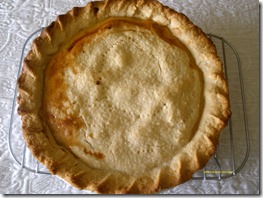
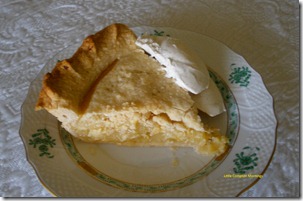
 Despite our great good fortune in the weather this year, and mine—I’ve had the benefit of two great growing seasons, one in Rhode Island and one in Nashville—it’s clearly over. I came back from a conference trip to Florida’s Gulf Coast the first week of November to nights in the 20s. First frost, indeed.
Despite our great good fortune in the weather this year, and mine—I’ve had the benefit of two great growing seasons, one in Rhode Island and one in Nashville—it’s clearly over. I came back from a conference trip to Florida’s Gulf Coast the first week of November to nights in the 20s. First frost, indeed.
